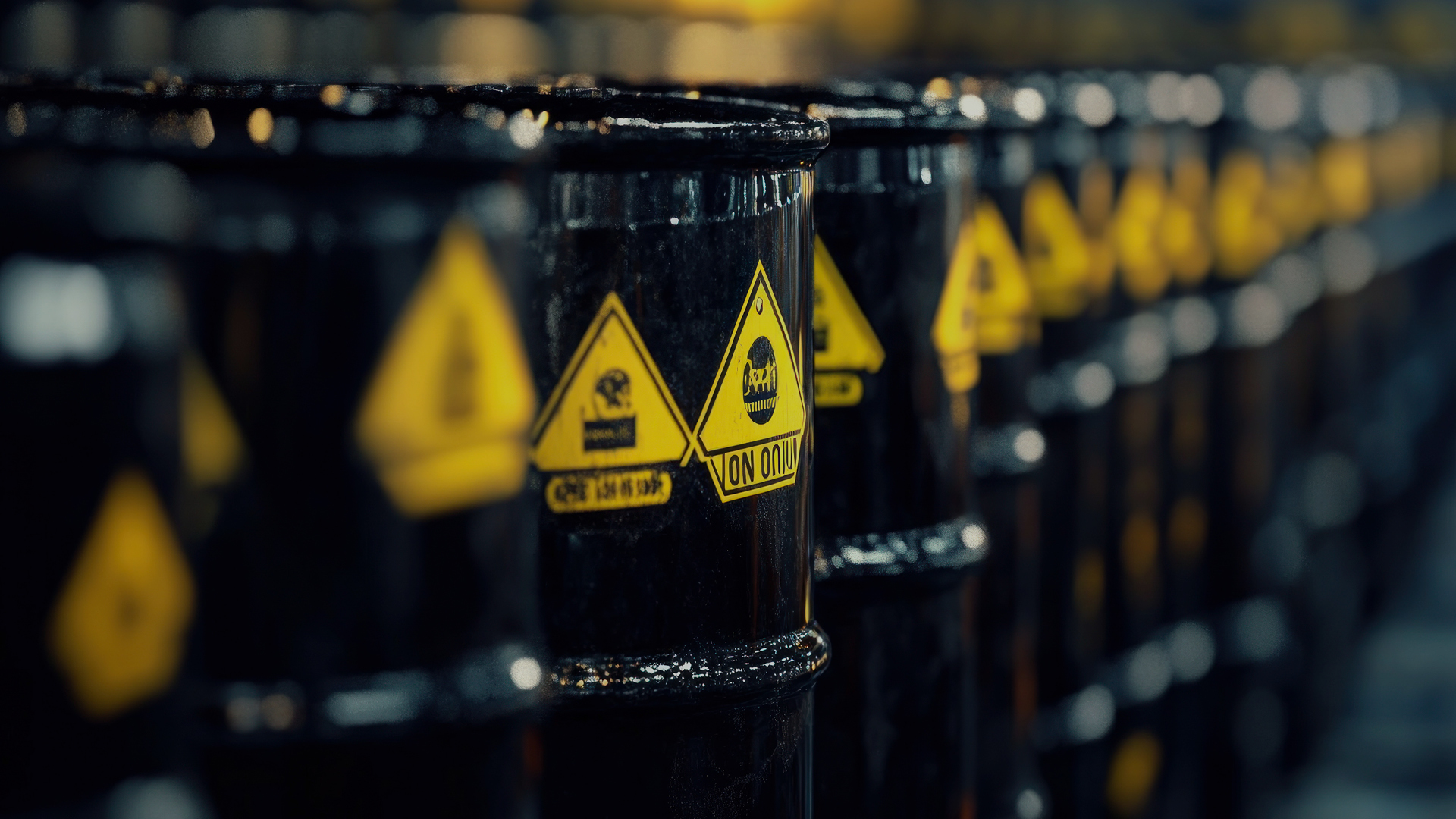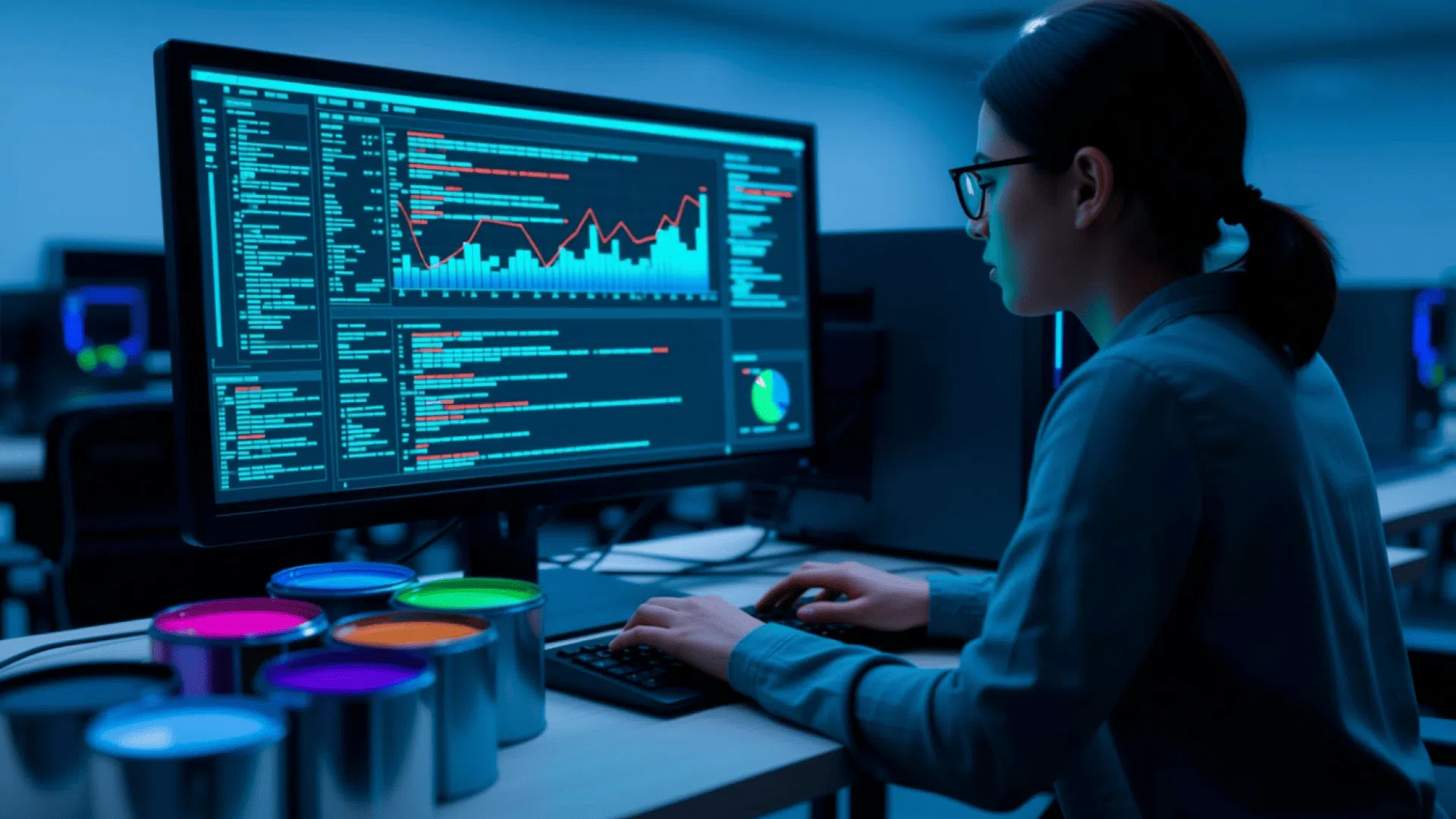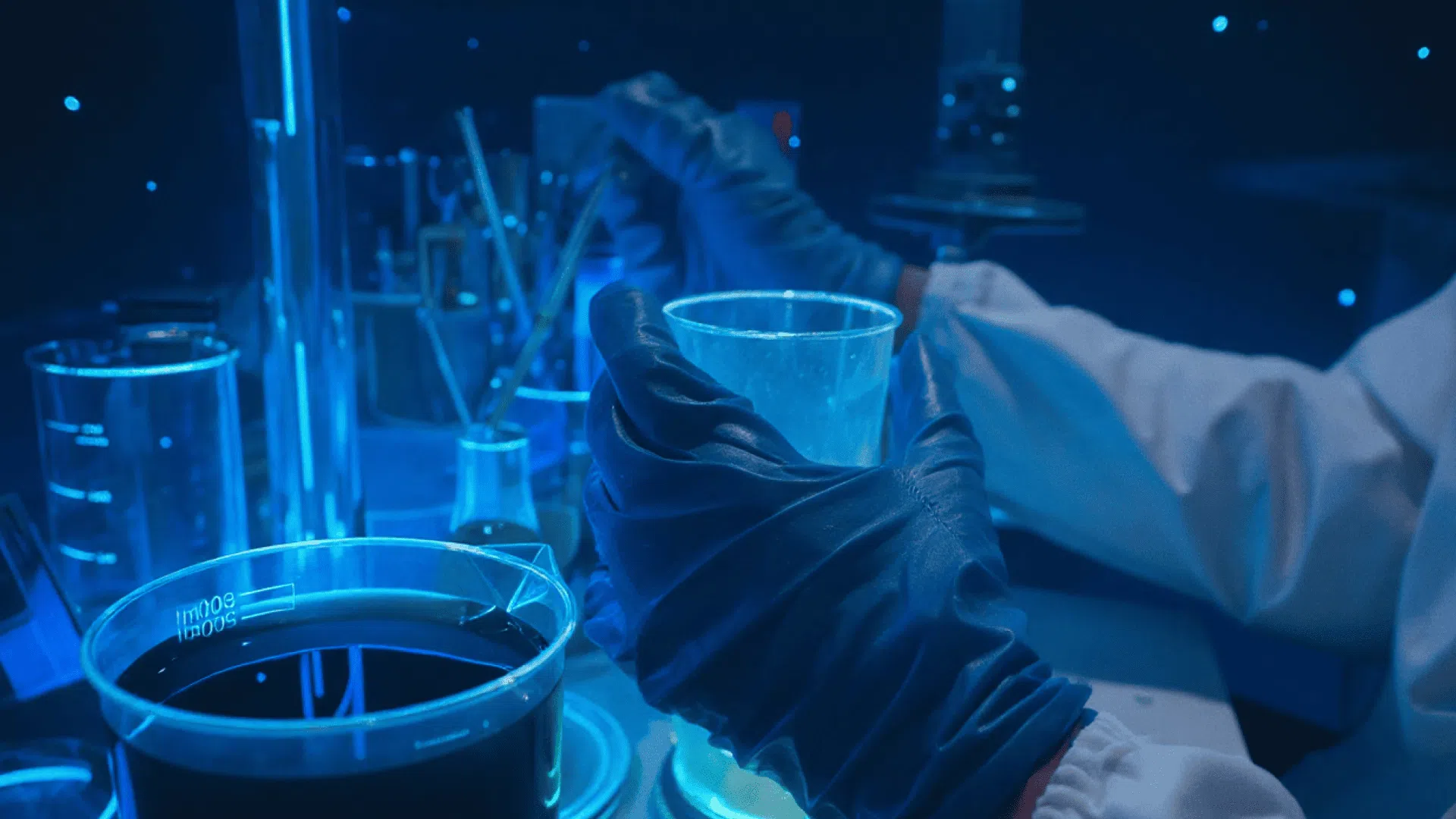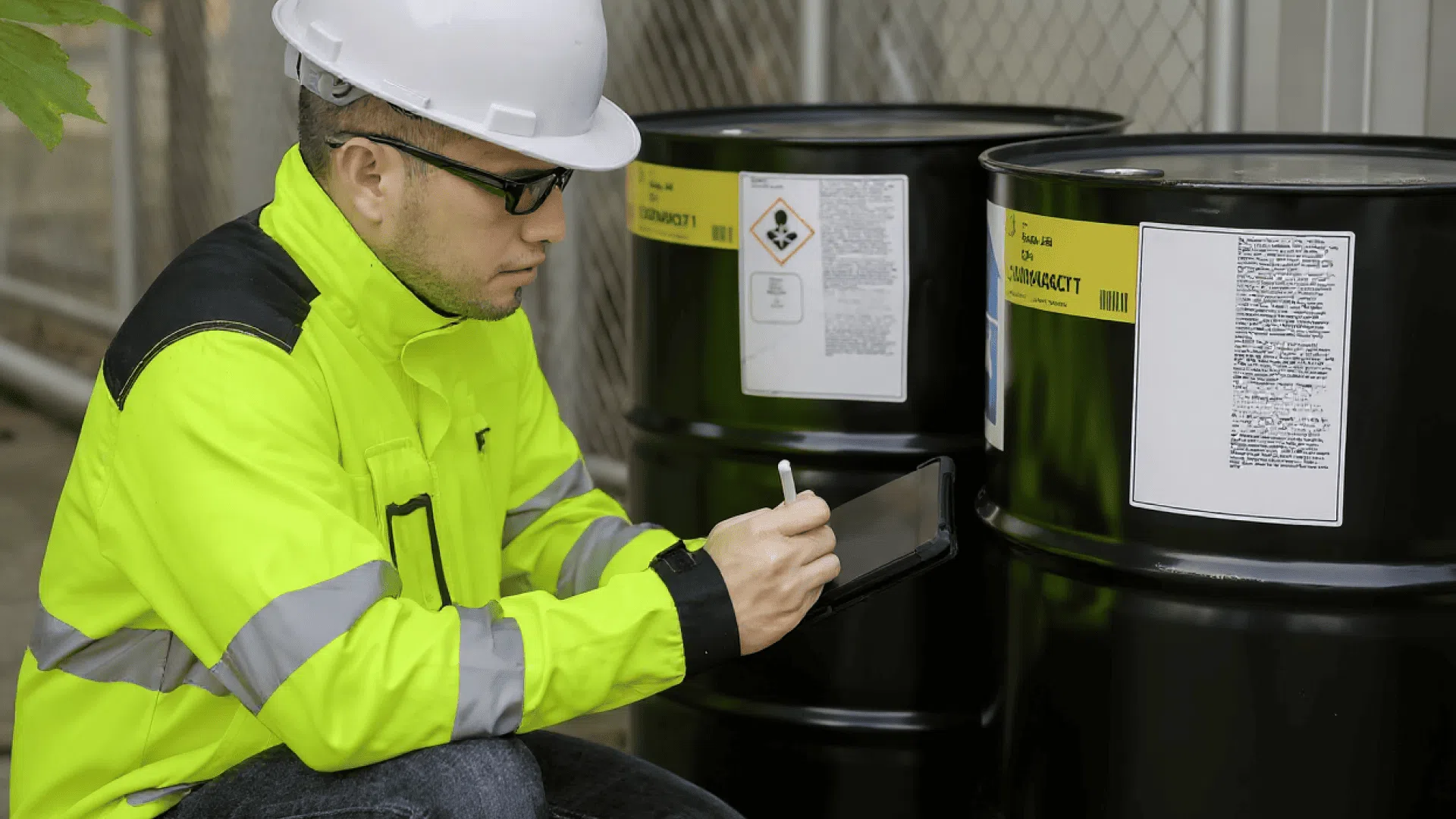From digital twins to AI – discover the technologies that are driving digitalization in the chemical industry.

Summary:
Efficient hazardous materials management is essential for chemical companies to minimize risks and ensure safety. The multitude of regulations – from ADR to REACH and CLP – demands structured processes, accurate master data, and correct documentation. Based on these requirements, an industry-specific ERP solution like Yaveon 365 delivers real added value: it integrates regulatory standards, keeps data up to date, ensures consistent labeling, and turns compliance into a strength. In this way, hazardous materials management becomes a strategic capability – securing both safety and competitiveness
Handling hazardous materials is standard practice in the chemical industry – and a major responsibility. Anyone transporting, storing, or shipping substances operates within a tightly interlinked framework of classification, labeling, packaging, transport rules, and documentation requirements. For SMEs, this is only manageable with robust processes and reliable data. This is where an industry-specific ERP solution shows its full potential: it embeds regulatory requirements directly into workflows, minimizes sources of error, and makes compliance verifiable – from warehouse receiving to final delivery.
In the German and European context, hazardous materials (also called dangerous goods) refer to substances that pose risks during transport (e.g., according to ADR on the road). Hazardous substances, on the other hand, refer to activities in the workplace (e.g., GefStoffV and TRGS in Germany). Both worlds overlap: a substance can be a hazardous substance during handling and a hazardous material during transport – each requiring different labels, documents, and obligations. Digitalizing these processes means keeping both clearly separated yet properly aligned – otherwise, gaps in safety and compliance may arise.
Important: CLP/GHS labeling is not the same as transport labeling. A product may carry GHS pictograms on its packaging, while transport regulations require additional hazard labels (e.g., label 3 “Flammable liquid”) and transport-related information such as UN number, packaging group, or tunnel code. An ERP system must handle both levels and align them correctly.
Hazardous materials management works best when it runs safely and reliably. Typically, this requires the following foundations:
For regulated chemical SMEs, an ERP system determines far more than efficiency – it defines legal, operational, and product safety. A solution tailored to the chemical industry:
Yaveon 365, the ERP for the process industry, is designed precisely for this purpose. With industry-specific modules for hazardous materials and hazardous substance management, and based on Microsoft Business Central, it integrates seamlessly into the Microsoft ecosystem. The result: consistent, auditable processes – from development and procurement to shipping. Not as a marketing promise, but as a robust process standard for daily operations in regulated environments.
Hazardous materials management is not an add-on – it’s a core responsibility for chemical companies. Those who meet REACH and CLP obligations, generate ADR-compliant documents, and maintain consistent data minimize risks to people, the environment, and their business. An industry-specific ERP system makes this scalable: it embeds regulatory logic directly into workflows, eliminates system gaps, and creates transparency. Exactly what chemical SMEs need to operate safely today – and remain ready for the future.
 Chemical industry digital transformation – Beitrag öffnen
Chemical industry digital transformation – Beitrag öffnen
From digital twins to AI – discover the technologies that are driving digitalization in the chemical industry.
 Recipes & characteristics in chemical production – Beitrag öffnen
Recipes & characteristics in chemical production – Beitrag öffnen
Future-proof chemical production: precise recipes, controlled characteristics, version control, and seamless lot tracking.
 How to manage hazardous substances safely – Beitrag öffnen
How to manage hazardous substances safely – Beitrag öffnen
How modern ERP systems make hazardous substance management efficient and easy to handle.